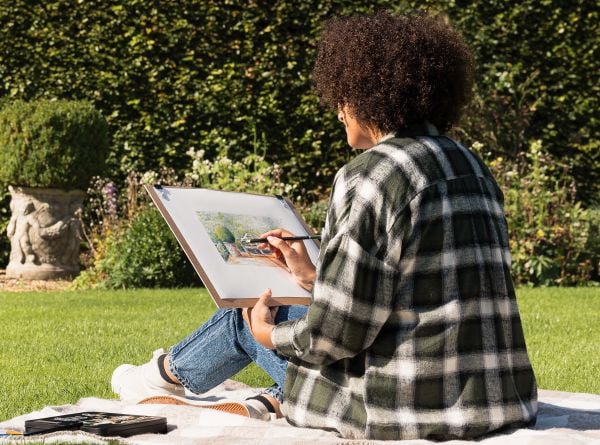
Whether you're a complete beginner or have been creating art for years, there's always room for improvement. If you’ve felt stuck lately and are wondering “How do I get better at art?”, we’re here to help with 13 simple yet effective ways to develop your drawing and painting skills.
There’s an endless amount of art-related advice out there to learn from, but these key strategies are our favourite, tried-and-tested ways to get better at art faster and achieve the breakthrough you’ve been hoping for. Read on for some expert art tips that will help you:
- Build a consistent art routine
- Work on your weaknesses
- Develop your unique artistic style
- Find inspiration
- Quickly improve your art skills
Ready to get better as an artist? Let’s get started!
1. Practise, Practise, Practise
No great artist was born with the ability to create incredible masterpieces. Even the most accomplished artists had to start from scratch at one point, and their commitment to their craft was what made them so successful.
To get better at art, you have to accept that you’re not going to become a master overnight. Simply practise as often as you can, and don’t let yourself get discouraged when there’s a gap between your ability and your creative vision.
The best way to consistently improve your art skills is to create an art schedule and stick to it. If you can, set aside time every day, even if it’s just 10-15 minutes to create a quick sketch or doodle. Keep all your work, even if you’re not happy with it, and you’ll soon see how your pieces have developed over time.
During your practice sessions, dedicate yourself to learning these art fundamentals:
- Composition
- Colour theory
- Light and shadow
- Perspective
- Anatomy
- Form and structure
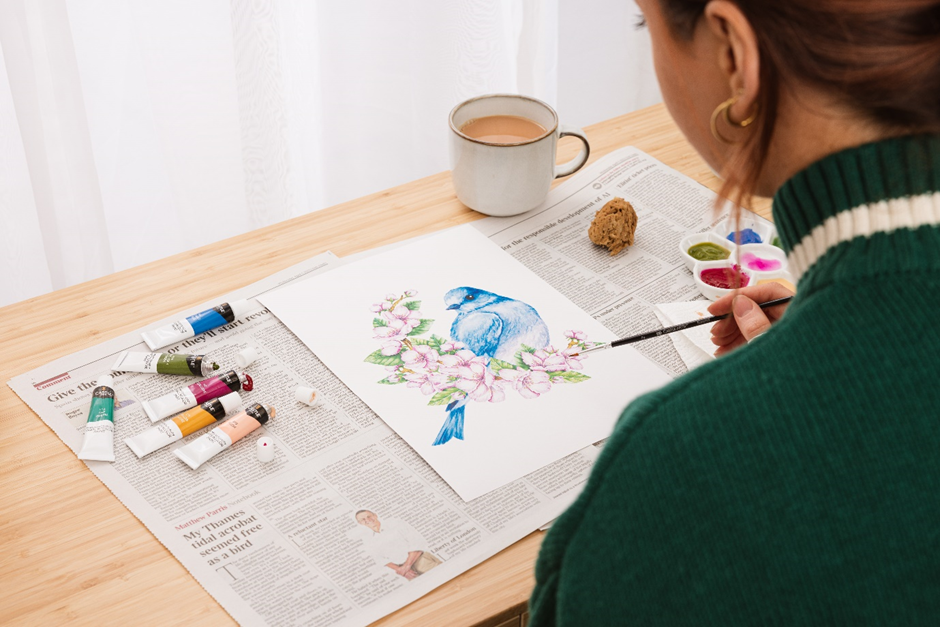
2. Draw What You See, Not What You Think You See
It's easy to fall into the trap of drawing what you think an object looks like, rather than what you actually see. When working on accuracy, every artist must learn how to separate their work from a preconceived notion of what they’re drawing by breaking it down into lines and shapes, light and shadows, negative space, and values.
As you practise and study, you'll gain a deeper understanding of how objects and forms behave and the process of recreating them will become more intuitive. Until you build that confidence, one classic exercise to train your eye is to draw from a reference image but turn it upside-down. This forces you to draw what you see instead of relying on assumptions, changing your approach for the better.
3. Focus on Simple Shapes First
Drawing complex forms becomes much easier if you can break them down into simple shapes. Next time you start drawing something and get frustrated that the proportions aren’t right, take a different approach by imagining how you would draw the object using only circles, squares, rectangles, and triangles.
For example, a face can start out as a circle, and triangles can be transformed into trees or mountains. Sketch your geometric shapes lightly and loosely, focusing on creating a strong foundation for the rest of your drawing. When you map out shapes like this, it makes it easier to achieve accurate proportions and structure, then you can refine your drawing by adding details and altering angles and curves.
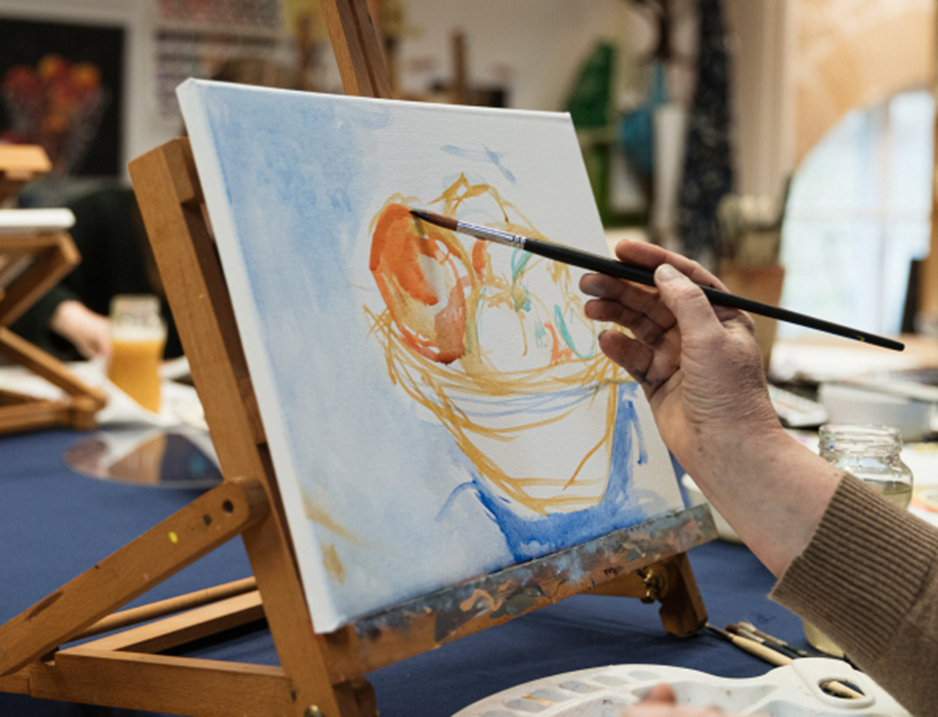
4. Master the Fundamentals
If you want to accurately draw or paint something, it’s vital to understand the six fundamentals of art we mentioned earlier – composition, colour theory, light and shadow, perspective, anatomy, and form. These are the building blocks of artworks that will help you mirror how reality appears and give you the underlying knowledge required to draw and paint from your imagination.
Learning the fundamentals takes time, but it’s one of the most useful things you can do if you want to see significant development in your work. As well as studying and practising, it’ll benefit your craft to closely observe the world around you, noticing the way light bounces off a certain surface or how emotions are conveyed through the faces of friends and family. Build your own visual library and use these scenes or snapshots to make your works look more realistic.
Looking for a way to test your skills? Join the Castle Club for access to monthly art competitions and the chance to win prizes.
5. Use Reference Images
Using reference photos isn’t cheating! References are essential tools to help you understand what certain objects or subjects look like, and it’s fine to come back to them as you learn how to draw or paint new things.
Professional artists weren’t born with an innate ability to draw realistic figures from their minds – they’ve used references at some point to gain their understanding of shape and form. When looking for useful reference images, you might try:
- Studying books on portraits, landscapes, animals, architecture, or whatever interests you
- Taking photographs
- Using free image websites like Unsplash
- Using search engines or social media for inspiration
- Creating a Pinterest board
6. Use Thumbnails to Plan Your Artwork
Thumbnails are a powerful tool for visualising and planning your compositions. These quick, small sketches allow you to explore several ideas without committing too much time or energy and will give you the confidence to move forward with your project knowing that you’ve got a solid idea to develop. Thumbnails can help you solve compositional issues early on, saving time and frustration later in the process.
Next time you start a new piece, try sketching out a series of thumbnails to test various compositions and values. Once you’ve got plenty of options to compare, you can decide which works best and use your favourite thumbnail as a reference for your artwork.
7. Study and Learn New Skills
If you want to get better at art faster, you need to make sure that you’re always learning. Thankfully, there are several forms of media to help you on your journey, from blogs and written tutorials to follow-along videos.
Don’t overlook more traditional resources like books, as they remain invaluable for learning key techniques, studying art history, and finding inspiration. Why not explore your local library and see what hidden gems you can find in the art sections?
For those who thrive under structured guidance, art courses provide focused training to help you reach your potential. Beyond the traditional art schools and colleges, you also have access to online art courses covering all kinds of topics and mediums, which are a convenient option to improve your art skills from anywhere.
As well as focusing on the fundamentals, take the time to study various subject matters like animals, landscapes, portraits, and more. Trying out different styles will help you become a more well-rounded artist, and you might even find a new favourite.
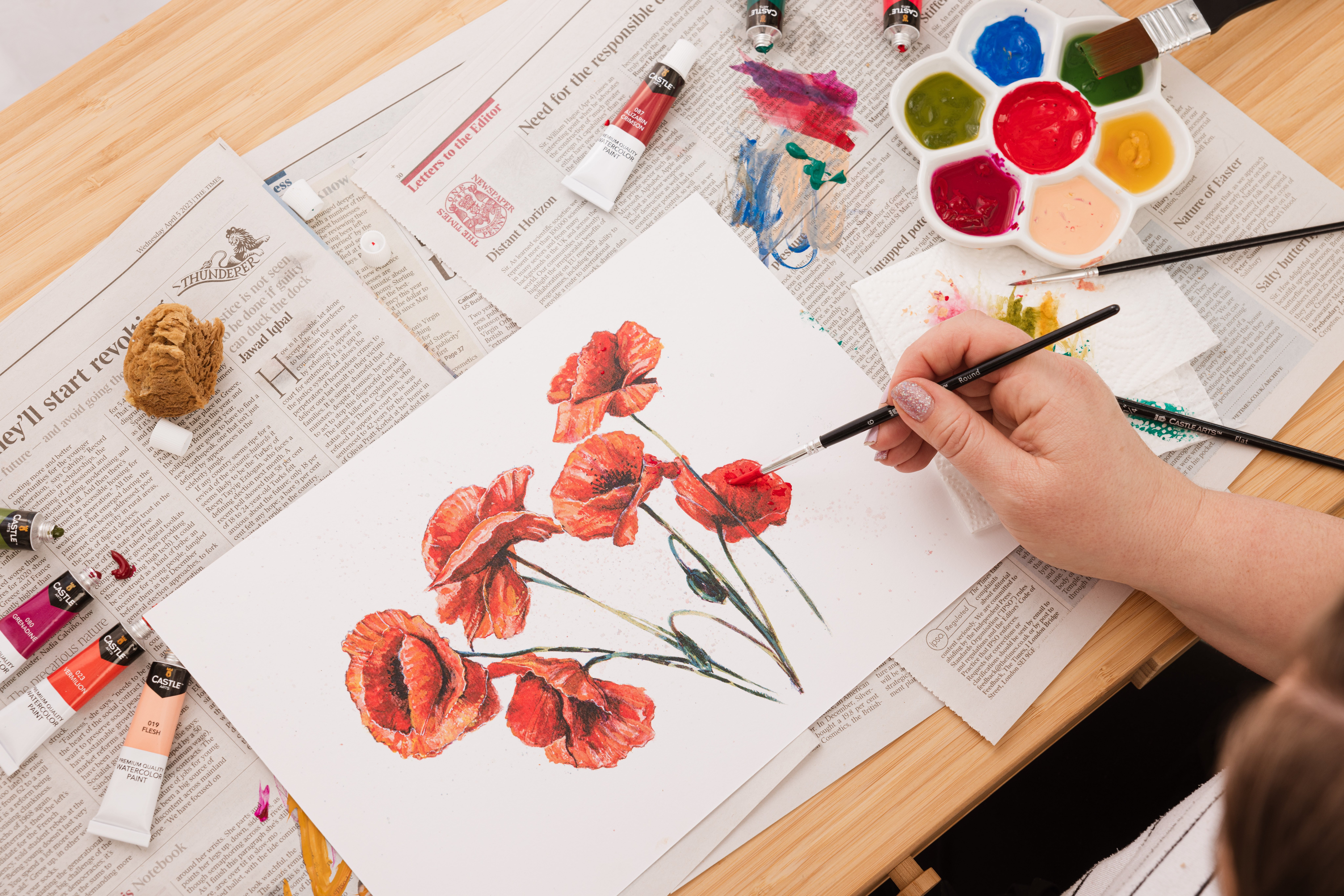
8. Learn from Your Favourite Artists
Next time you’re admiring an artist’s work, try to analyse it and identify the elements you most enjoy. Is it the way they use colour or lighting? Is it their brushstrokes, or a specific technique you’re yet to master? Being able to pinpoint these things will help you understand the decisions behind a piece of art and improve your own creative process.
You can also take inspiration from your favourite artists by incorporating certain styles or techniques within your projects. While it’s important to find your own style and avoid copying other artists, experimenting with different elements that speak to you is a helpful way to define what that might look like. Try recreating their work as a study to help you understand the creative process, then move on to a new piece and apply the techniques used.
9. Embrace Repetition
Repetition may not be the most exciting part of practising art, but trying again until you get it right is key for faster skill progression. If you need to draw the same hand 20 times, that’s fine – it’s all part of the process.
See each repeated exercise as an opportunity to refine your technique, correct mistakes, and keep improving your art skills. Drawing the same subject with different mediums will also help you become more comfortable with a range of styles.
10. Keep Experimenting
We all have our favourite mediums, styles, subjects, and surfaces, but experimenting with something new can broaden your artistic perspective and improve your overall craft. Every type of art has unique properties and techniques that require you to step out of your comfort zone, helping you gain new skills and discover innovative ways to express your creativity.
Spend time on the type of projects you enjoy, but don’t be afraid to challenge yourself now and then – you never know how your art may evolve as a result. It's easy to specialise too quickly in your art journey, but working across a range of styles and mediums will help you develop a more well-rounded skillset.
At Castle Arts, we make experimenting with new mediums easy by providing expert tips and step-by-step tutorials alongside all of our products. Quickly get to grips with unfamiliar media thanks to our product guides and follow-along art projects, such as the Castle Gold coloured pencil sets with their unique 10-part “Gold Frieze” tutorial.
If you’re eager to test yourself and try something new, art challenges are a great place to start. Try searching #artchallenge on Instagram and see what inspires you.
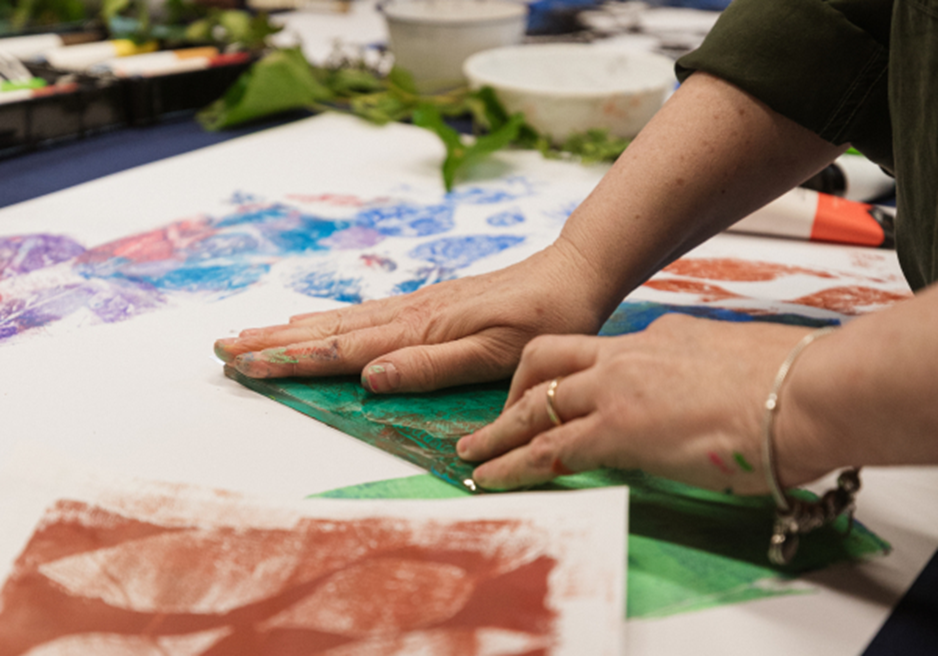
11. Stay Loose
Does your artwork sometimes feel stiff or rigid? Something as simple as changing your grip could make a huge difference.
Next time you’re drawing or painting, try holding your pencil or brush higher up and keep things loose until you’re ready to go into detail on a piece. Drawing from the shoulder rather than the wrist helps you create fluid lines and achieve a more natural and expressive style.
12. Always Keep an Open Mind
No matter how experienced an artist you become, try to always approach art with a beginner's mindset. If you’re consistently willing to learn and try different ways of doing things, you’ll stay adaptable and avoid stagnation. A truly great artist accepts that they’ll never be “done” or know everything there is to know.
13. Have Fun
When you first begin your art journey, you might wish you were making quicker progress or get frustrated when you find something difficult. In these moments, always remember what made you want to create art in the first place – your enjoyment of it! Keep finding happiness in art, celebrate your wins, and enjoy the process.
Improving your art skills takes time, patience, and consistent effort, but by incorporating these 13 strategies into your routine, you’ll soon see your art transform and evolve. Bookmark this blog and come back for more tips whenever you feel like you’ve hit a wall. For a burst of inspiration, visit the Castle Arts Gallery to discover incredible art from our community of fellow artists on their own creative journeys.


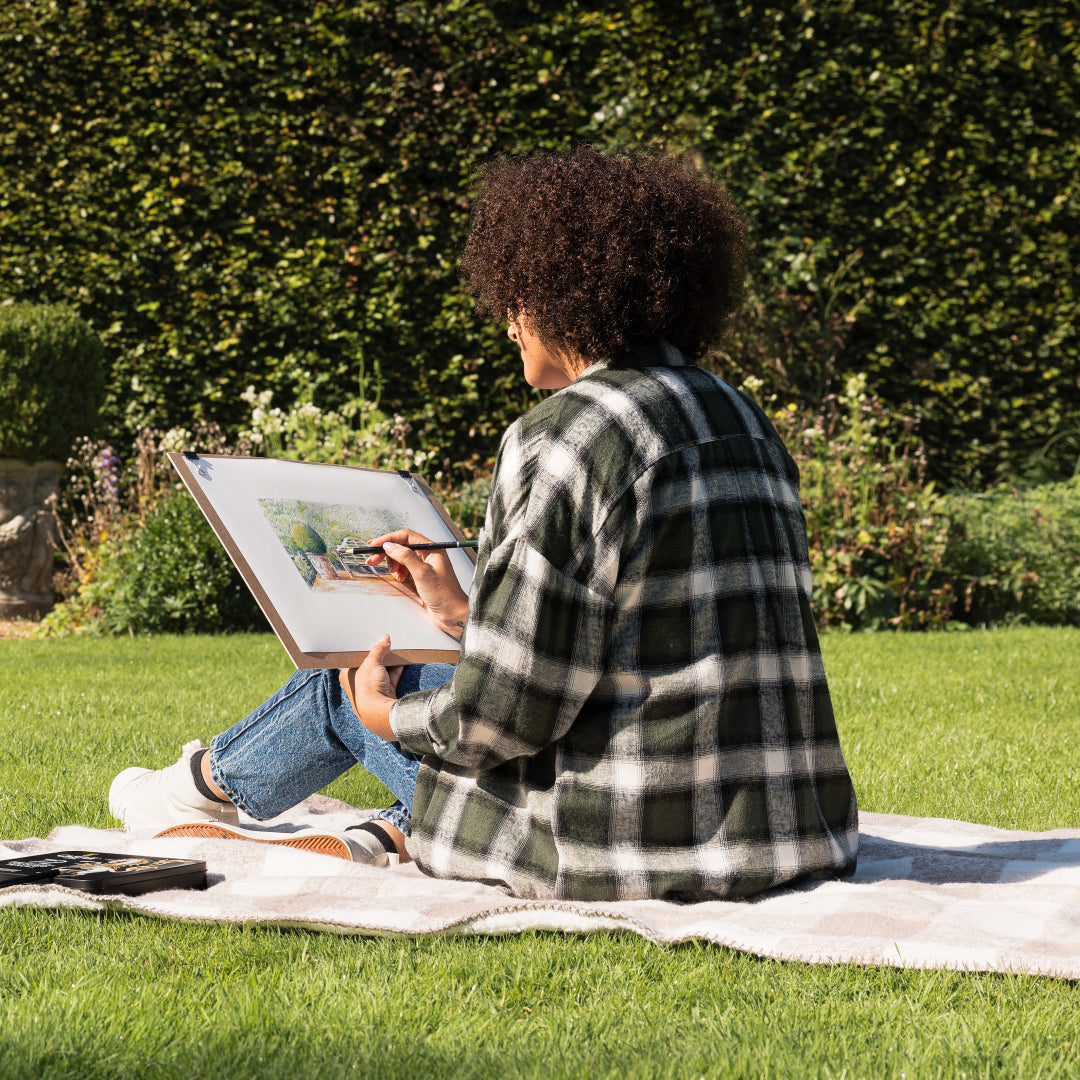
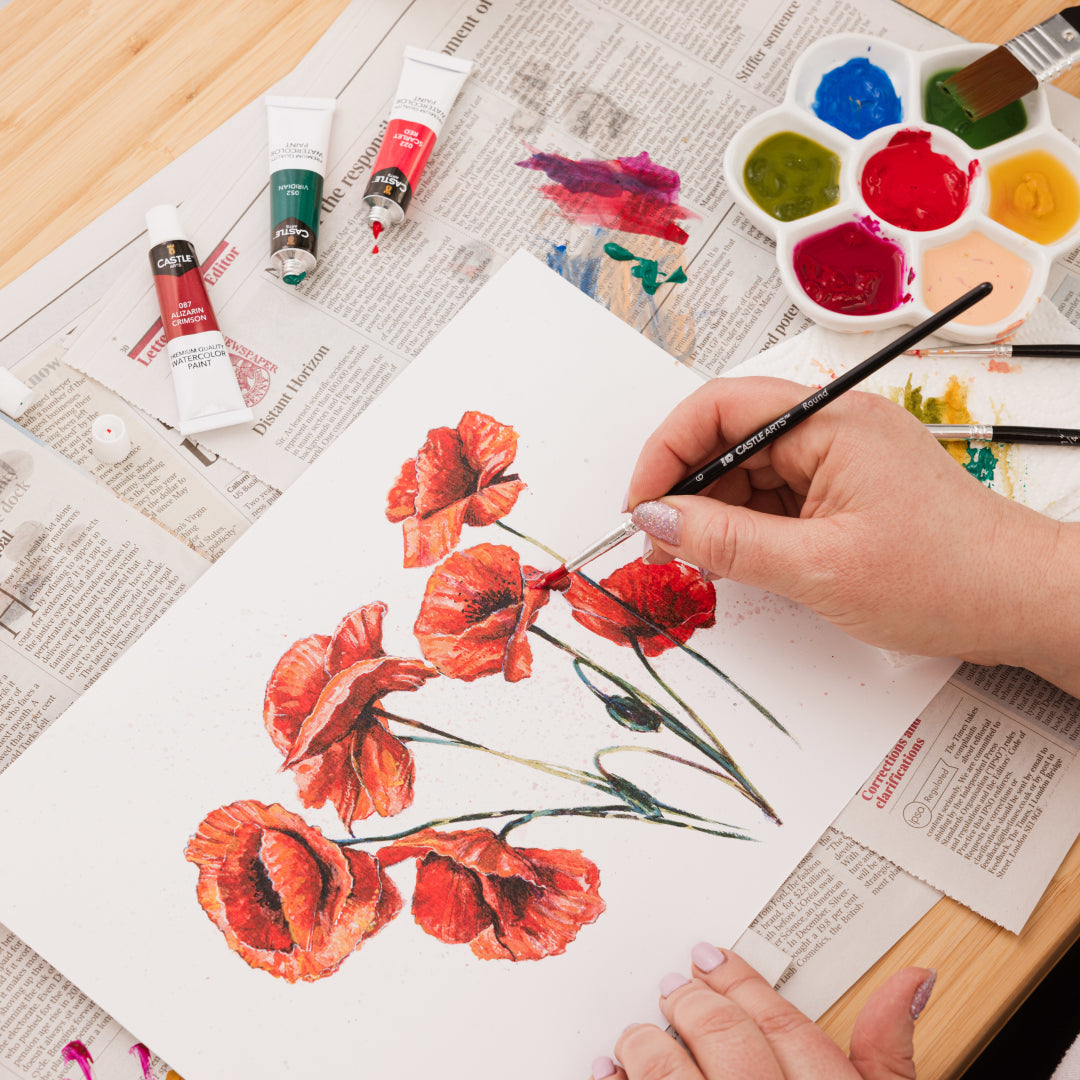
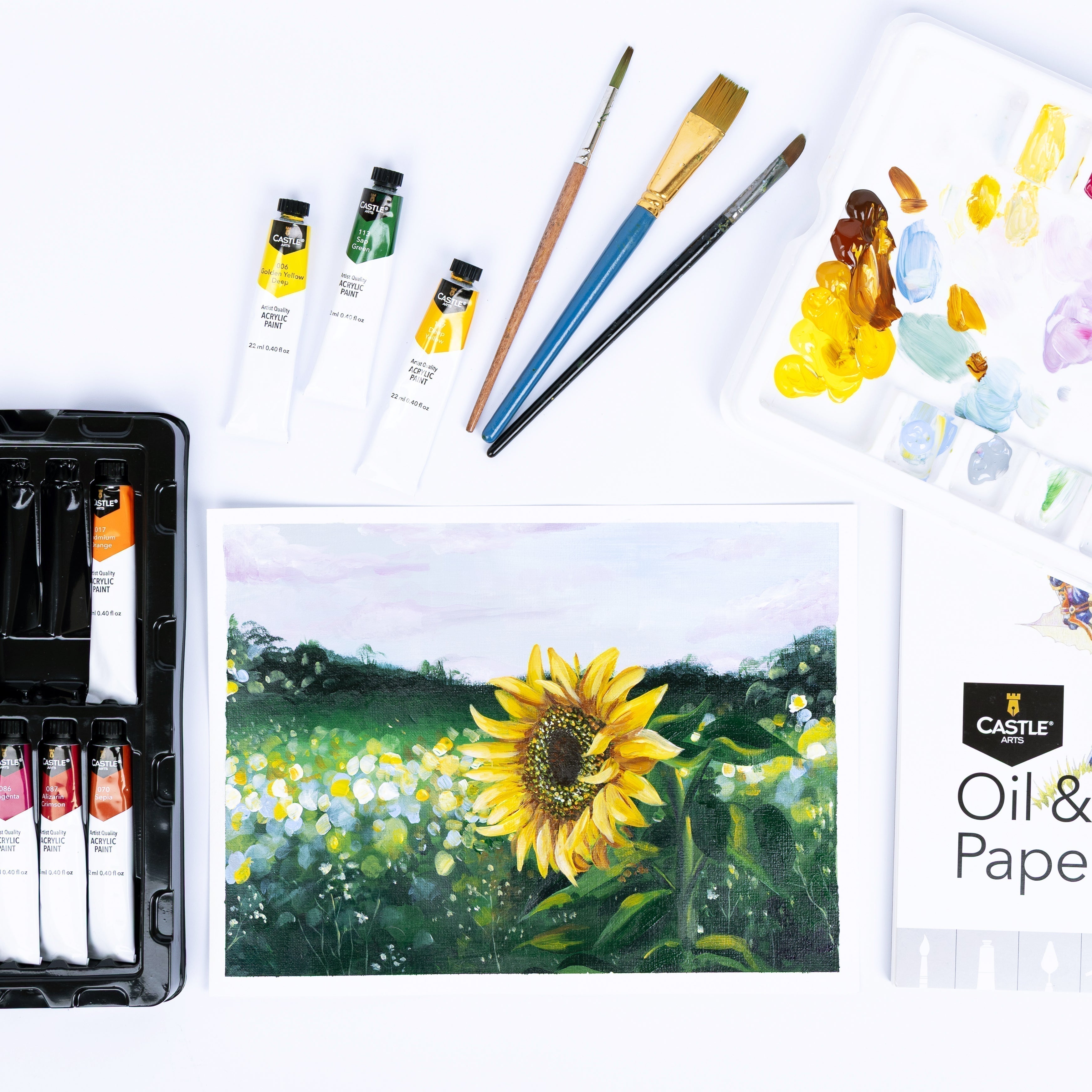
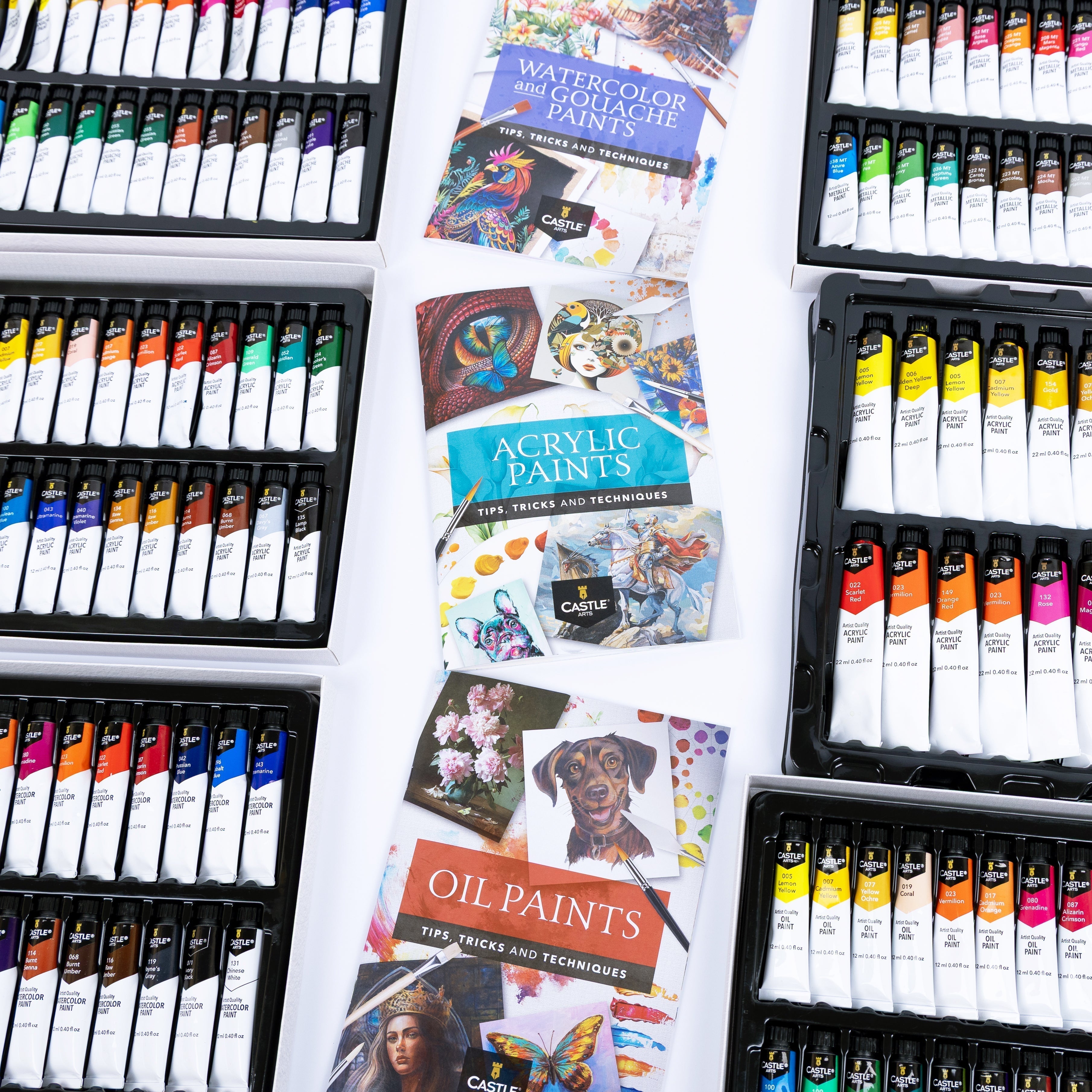
Share: